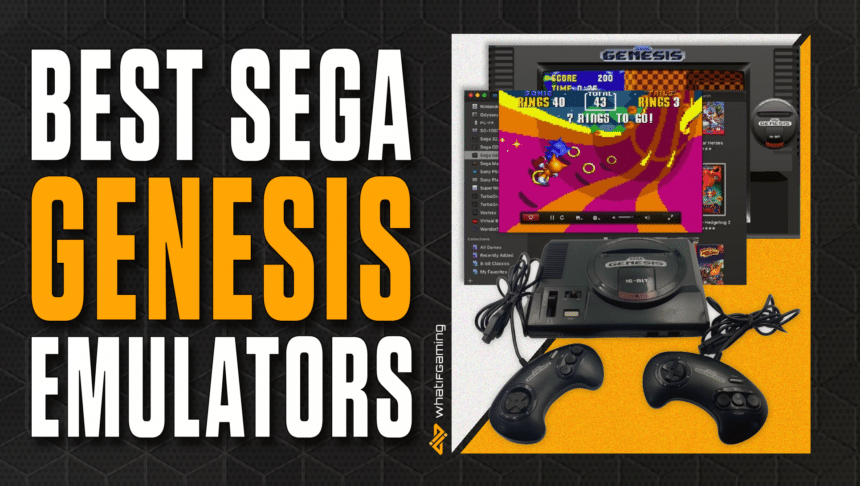In the 1980s, there was fierce competition for the newly made console market. After the Super Nintendo Entertainment System was released, Sega answered with their Mega Drive or Genesis. And we all know that Genesis does what Nintendon’t. Jokes and advertisements aside, the Sega Genesis has been successfully emulated and its vast library of games is playable with the best Genesis emulator.
Crowning a single emulator is futile because there are plenty of good ones. Five of them stand out so here they are, ordered from most to least specialized.
Rarely do you find a dedicated emulator for a single system. In this case, we are talking about the Sega Genesis, of course. BlastEm is an open-source emulator developed by Mike Pavone and other contributors. Available on three main systems, Windows, Linux, and macOS, it has almost 100% game compatibility.
It is one of the rare emulators that boasts high accuracy but also a very low-performance threshold. With that in mind, it can also render colors properly, something many other emulators cannot. It is also available as a libretro core, meaning it can be used on any system that can run RetroArch.
It is a good emulator with a simple but straightforward interface. BlastEm doesn’t make you run through hoops to run a game, not to mention set up the controls.
The famous MAME can run almost anything, including the Sega Genesis, or the Mega Drive. MAME needs software lists, or rather, a list of games that belong to a certain console so that it knows which system it is supposed to emulate and which system a game belongs to. Genesis emulation has been implemented in MAME a long time ago.
MAME is available on many platforms, notably Windows, Linux, and macOS, natively. You can build it from source and it will run on most Unix-like systems. As a core, it is available for RetroArch.
That aside, the original MAME version has a very odd interface that will confuse beginners. There are GUI versions that can make things easier. Not all GUI versions are kept up to date with the latest MAME so you might be a few versions behind the latest.
That only matters because of the ROMs, where you might lose compatibility completely with a new version of the emulator.
Multi-system emulators do a great job of enabling users to play games without having to run separate applications for each console. That would be rather impractical and in this case, BizHawk attempts to be the best Genesis emulator. It is not far from the truth, it uses the core from Genesis Plus GX, which is one of the best Genesis emulators but is only available as a libretro core.
BizHawk is simple and straightforward. You tell it which archive to run and it does so. It already has the core implemented so it knows that you are running a Genesis ROM. Controls are easy to set up. You can run other systems such as the Sega Saturn, Nintendo GameBoy Advance, and more.
It is only available on Windows and Linux, but that is good enough for most retro gamers.
Ares is another multi-system emulator. It is sleek and simple, allowing users to focus on gaming, rather than having to worry about setting up the emulator to run a game. You point and click, load an archive containing the game and you are good to go.
Ares can run other systems such as the Nintendo 64, and Sony PlayStation, to name a few. It can also run other Sega systems, as well as Nintendo, Atari, and more. Ares is a project developed by a team of people who carried on the legacy of Near, the person behind Ares, and its predecessor, higan.
Currently, Ares is available for Windows, Linux, and macOS. This covers the most common desktop systems and some of the most common retro consoles.
The libretro project is a genius invention of many people. It allows using cores from other emulators to run almost anything. RetroArch can run a plethora of systems and that includes the Sega Genesis. It alone can be considered the best Genesis emulator, as well as an overall great one.
Being a frontend for libretro, you can choose which Genesis core to use, like that of BlastEm, Genesis Plus GX, Picodrive, and so on.
RetroArch can run on just about anything, consoles, embedded devices, laptops, and smartphones. Covering so many systems, it is one of the best choices if you want to play various titles from various consoles on nice platforms.
It might take some time to get used to its interface but once you map your way around the application, you should have fun.
Performance and Running Games

The Sega Genesis has been around since 1990. Given the hardware at the time and today’s hardware, you can more or less expect underpowered embedded systems to run roms with decent speed. Smartphones, laptops, and desktops won’t even realize that they are running an emulator.
As for running a game, most Genesis emulators require you to load a title and play. Depending on the type of controller you set, the standard being a three and a six-button one, you might lose some gameplay features. The six-button controller should be the standard.
Other than the controller setup, almost all Genesis titles should work flawlessly. All emulators have save and load states. Some even remember the save data within the games that support them, like a virtual memory card, giving you an authentic-like experience.
Conclusion
The Sega Genesis is an amazing console and it was a fierce competitor to the SNES. There are many great titles for the Genesis and you can play all of them with the best Genesis emulator, or in this case, five of them.
No matter the platform, you will likely find an emulator or a libretro core for RetroArch that can run Genesis ROMs for you. Rarely has there been a console such as the Genesis, emulated almost to perfection, with full compatibility.
With these five emulators, you can enjoy a retro gaming session on any platform.















